Deep in the Arizona desert stands a powerful memorial that honors some of America’s most overlooked heroes. The Navajo Code Talkers Memorial celebrates brave Native Americans who used their sacred language to help win World War II.
Most people have never heard their incredible story, but learning about these forgotten warriors will completely change how you understand American history.
1. An Unbreakable Military Secret
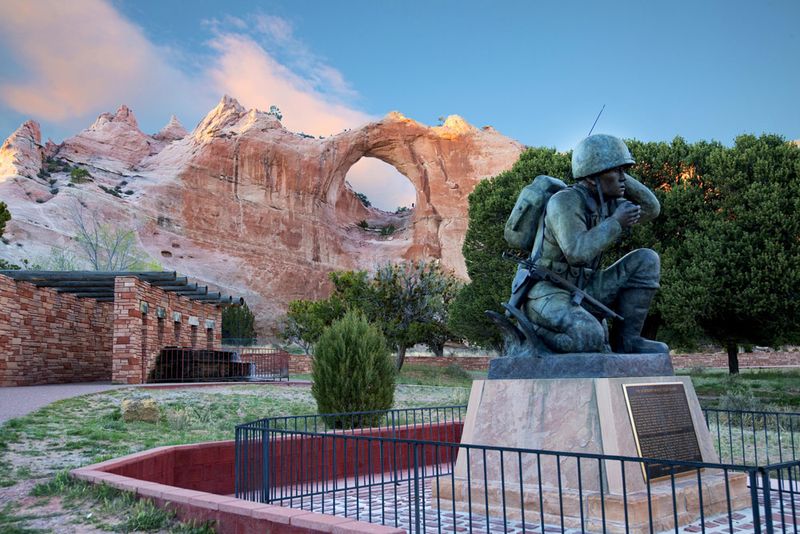
Military experts called it impossible, but the Navajo Code achieved what no other wartime communication system could. Throughout the entire Pacific Theater of World War II, enemy forces never cracked a single message sent by these remarkable Native American soldiers.
Japanese codebreakers, who had successfully decoded other Allied communications, found themselves completely stumped by this mysterious language. The complexity of Navajo grammar and pronunciation made it virtually impossible for outsiders to understand, even with captured equipment.
This perfect security record saved countless American lives during critical battles across the Pacific islands.
2. Creative Words for Modern Warfare
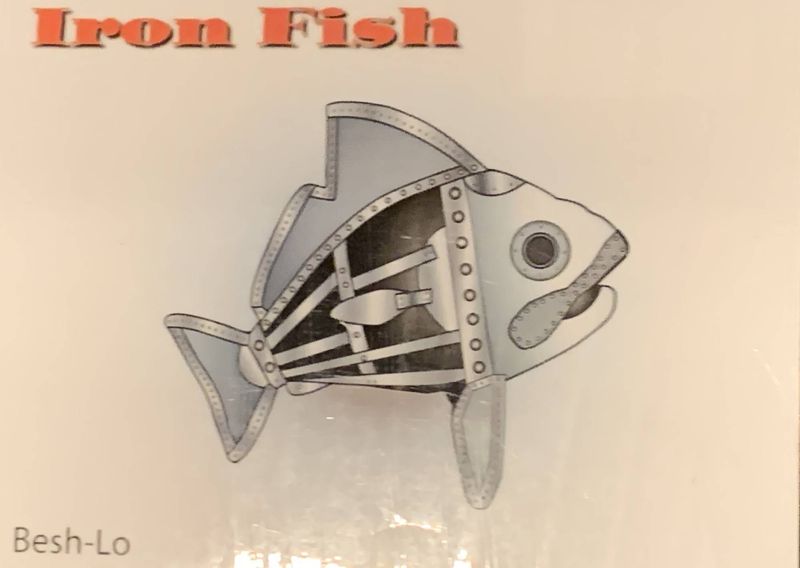
Imagine trying to describe a tank when your language has no word for armored vehicles. Navajo Code Talkers solved this problem with brilliant creativity, transforming everyday animal names into military terminology that confused enemies completely.
Tanks became “turtles” because of their hard shells and slow movement. Submarines earned the nickname “iron fish” for their underwater abilities, while dive bombers were called “chicken hawks” for their swooping attack patterns.
These clever metaphors not only worked perfectly but also honored traditional Navajo connections between nature and daily life, making the code even more meaningful.
3. Secret Within a Secret
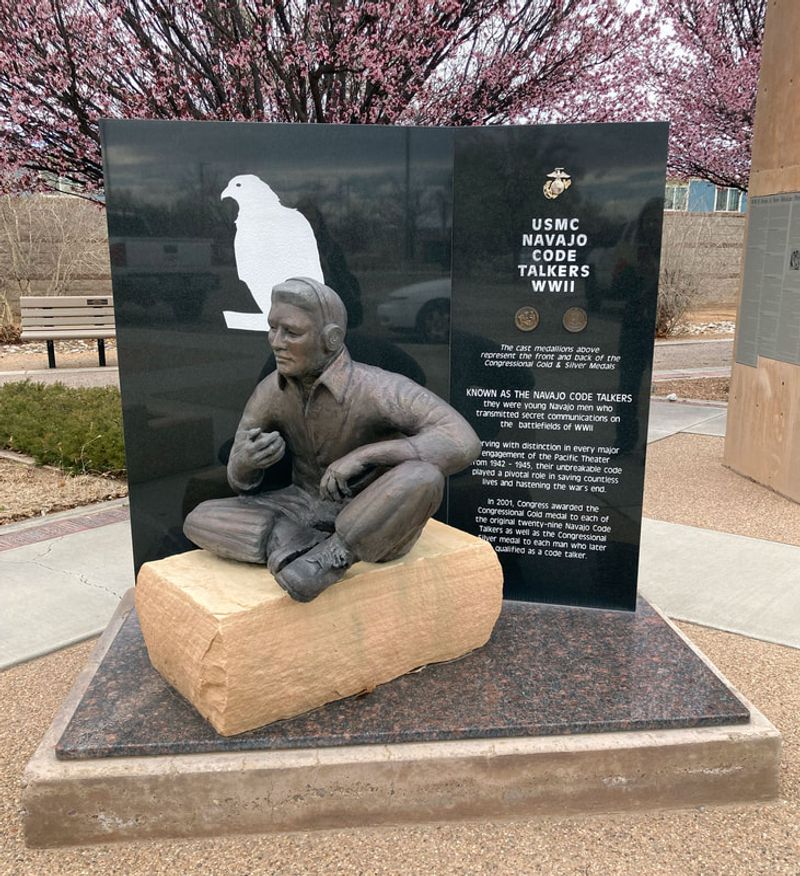
Most people think the Code Talkers simply spoke Navajo over radios, but the real system was far more sophisticated. Military leaders created a double-layer encryption that combined traditional Navajo words with an entirely new alphabet system.
Code Talkers memorized Navajo words that represented each English letter, allowing them to spell out unfamiliar terms when needed. For example, “ant” meant the letter A, “bear” represented B, and “cat” stood for C in their secret alphabet.
This dual approach meant even other Navajo speakers couldn’t understand the messages without special military training and authorization.
4. Young Warriors Answer the Call

Picture teenagers leaving remote reservation communities to join one of America’s most secret military programs. Most Navajo Code Talkers were barely out of high school when they volunteered for this dangerous and mysterious assignment.
At ages 17 to 19, these young men left everything familiar behind to serve their country in ways they couldn’t even discuss with family. Many had never seen the ocean before shipping out to Pacific islands where they would make history.
Their youth actually helped them memorize the complex code system faster than older recruits, proving that sometimes fresh minds handle new challenges best.
5. Silence That Lasted Decades
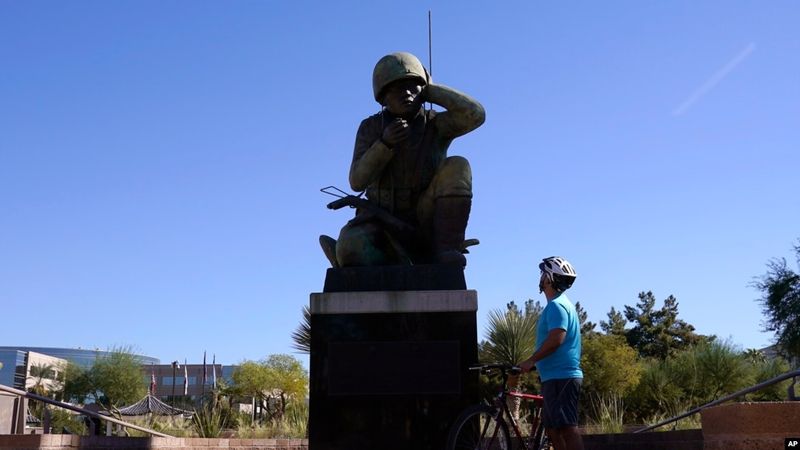
Victory in World War II brought parades and celebrations for most veterans, but Code Talkers returned home to complete silence about their service. The government classified their entire program as top secret until 1968, twenty-three years after the war ended.
Families never learned why their sons and fathers had disappeared for months at a time during the war. These heroes couldn’t share their incredible stories or receive recognition for their life-saving contributions to Allied victory.
Many Code Talkers died before the program was declassified, taking their remarkable experiences to their graves without ever receiving proper honor or acknowledgment from grateful Americans.
6. Lightning-Fast Communication Under Fire
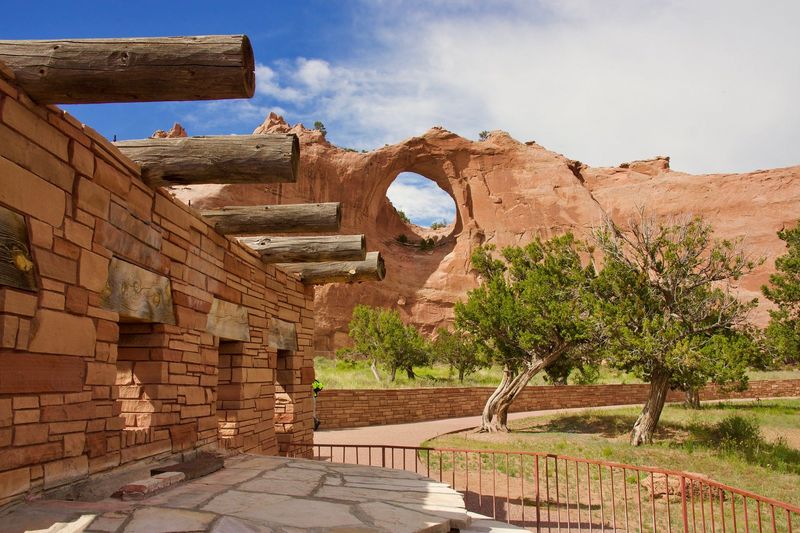
While other military units waited hours for encrypted messages to be decoded, Code Talkers transmitted complex battle plans in under two minutes. Their incredible speed often meant the difference between successful missions and devastating defeats.
Mechanical encryption devices required careful setup and multiple steps that slowed down urgent communications. Code Talkers simply picked up radio handsets and spoke directly, sending detailed coordinates and tactical information instantly across vast distances.
Even under intense enemy fire, these brave communicators maintained their lightning pace and perfect accuracy, proving that human intelligence often beats mechanical systems in critical moments.
7. Present at Every Major Pacific Victory
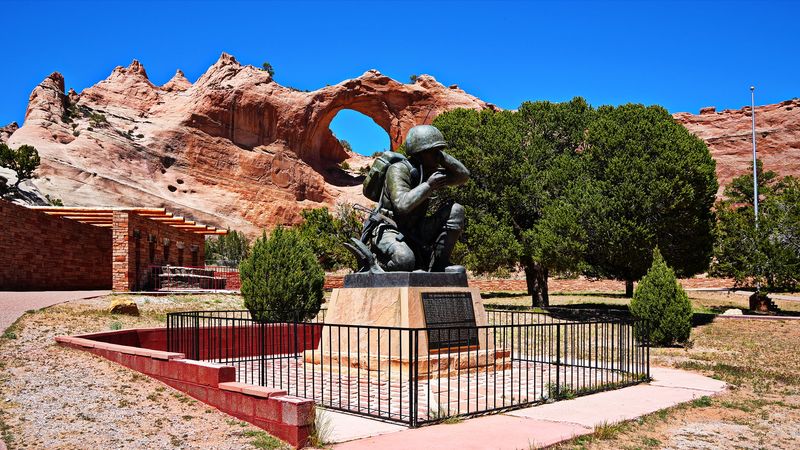
From the steamy jungles of Guadalcanal to the volcanic ash of Iwo Jima, Navajo Code Talkers participated in virtually every significant Marine offensive against Japanese forces. Their presence became essential for coordinating complex amphibious assaults across the Pacific Theater.
Military commanders specifically requested Code Talker units for the most challenging operations, knowing their secure communications would provide crucial tactical advantages. These brave men stormed beaches alongside regular Marines while maintaining vital radio contact with command ships offshore.
Their participation in famous battles like Saipan, Guam, and Okinawa helped secure Allied victories that ultimately ended the war in the Pacific.
8. Perfect Accuracy When Lives Depended on It
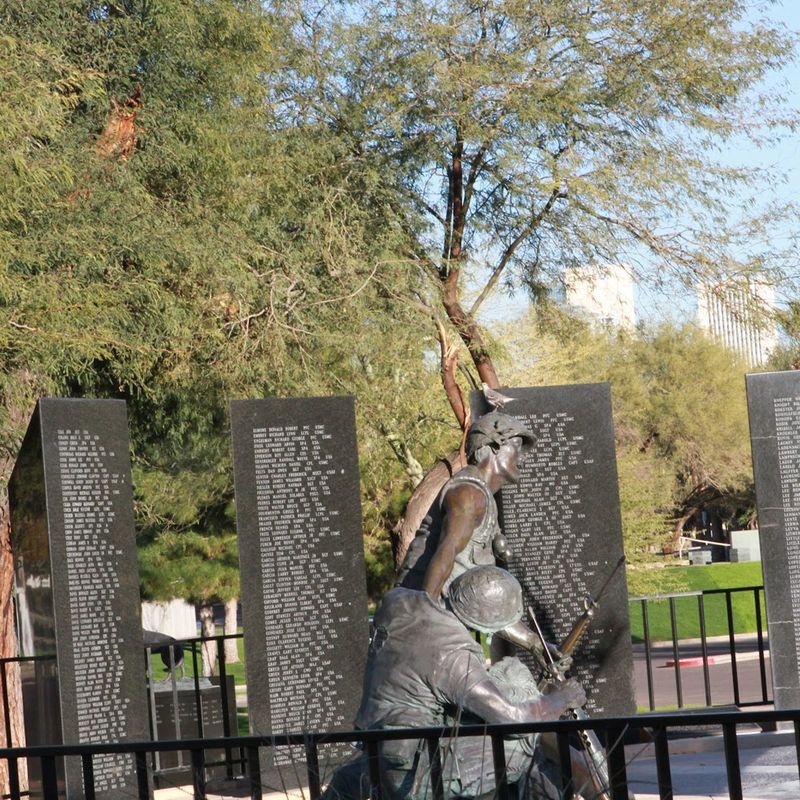
During the brutal 36-day Battle of Iwo Jima, Code Talkers transmitted over 800 messages without a single error or misunderstanding. This flawless performance directly supported troop movements and artillery strikes that saved countless American lives.
One mistake in coordinates could have resulted in friendly fire incidents or failed rescue missions. The pressure was enormous, but these dedicated communicators never faltered under the stress of constant combat and enemy bombardment.
Military records show their perfect accuracy rate exceeded that of any other communication system used during World War II, making them invaluable assets for successful military operations.
9. Mistaken Identity Created Unexpected Danger
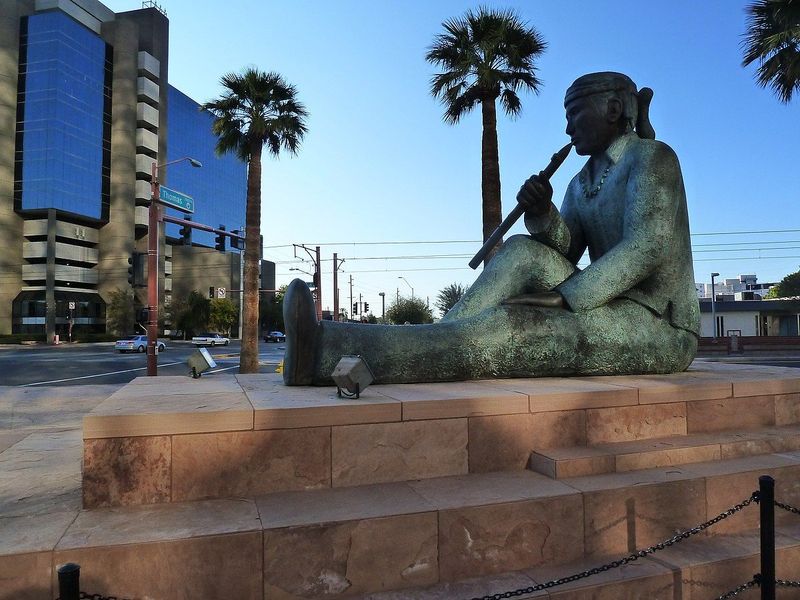
Ironically, some of the greatest threats to Code Talkers came from their own fellow soldiers who didn’t understand the secret program. Their distinctive appearance and unfamiliar language sometimes led nervous troops to mistake them for enemy infiltrators.
Several Code Talkers were detained or threatened by American forces who had never seen Native Americans before and couldn’t comprehend why these men were speaking a foreign language on military radios.
Military leadership eventually assigned bodyguards to protect Code Talkers from their own side, creating the unusual situation where America’s most valuable communicators needed protection from the very soldiers they were helping to coordinate and support.
10. Sacred Land Houses Their Memorial
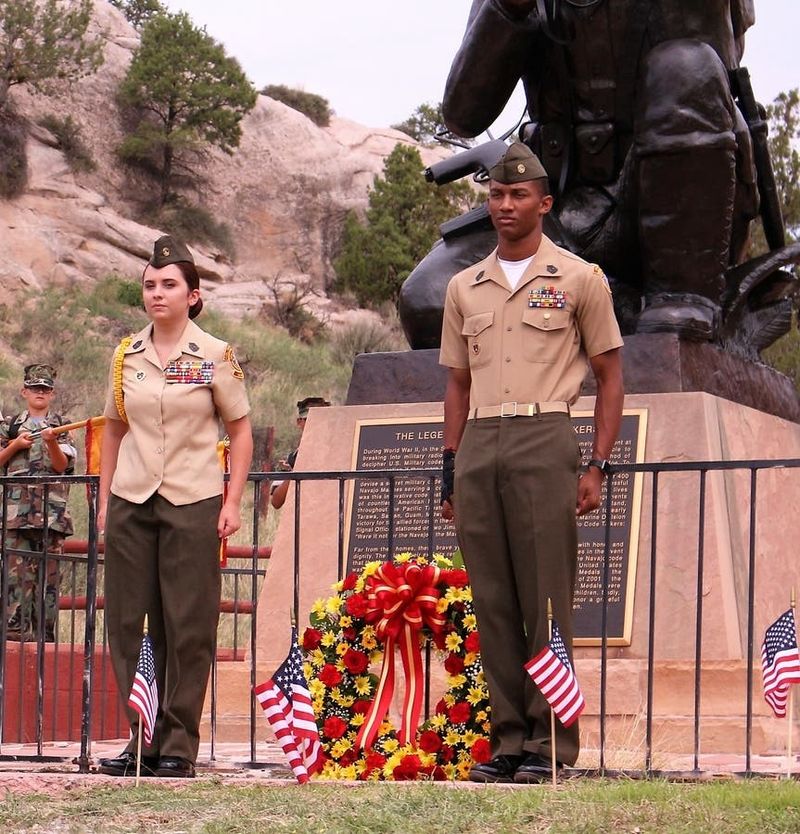
The most prominent Code Talker memorial stands in Window Rock, Arizona, within the spiritual heartland of the Navajo Nation. This location connects their wartime service with the sacred geography that shaped their unique language and cultural identity.
Window Rock serves as the capital of the Navajo Nation government, making it the perfect place to honor these warriors who bridged traditional Native culture with American military service.
Visitors can experience the same dramatic red rock landscapes that inspired the metaphors and natural imagery Code Talkers used in their secret military communications, creating a powerful connection between place and purpose.
11. Bronze Warriors Frozen in Time
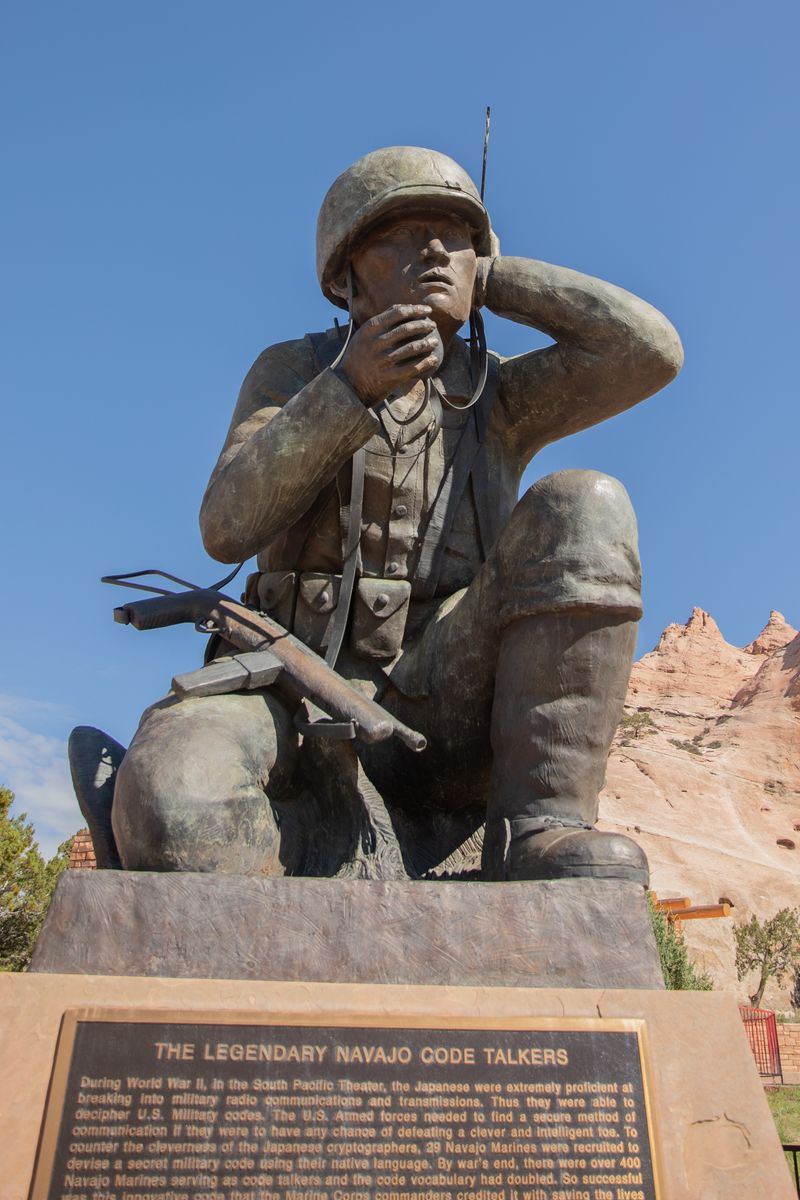
Life-sized bronze statues capture Code Talkers in their most heroic moments, holding period-accurate radio equipment while scanning distant horizons for enemy activity. These powerful sculptures help visitors visualize the courage required for their dangerous missions.
Artists worked closely with Navajo veterans and families to ensure authentic details in uniforms, equipment, and facial features. Every button, radio component, and weapon accessory reflects actual World War II military gear used by Marine units.
The statues’ positioning allows visitors to stand beside these bronze heroes, creating photo opportunities that connect modern Americans with this forgotten chapter of military history.
12. Real Wartime Messages Preserved Forever
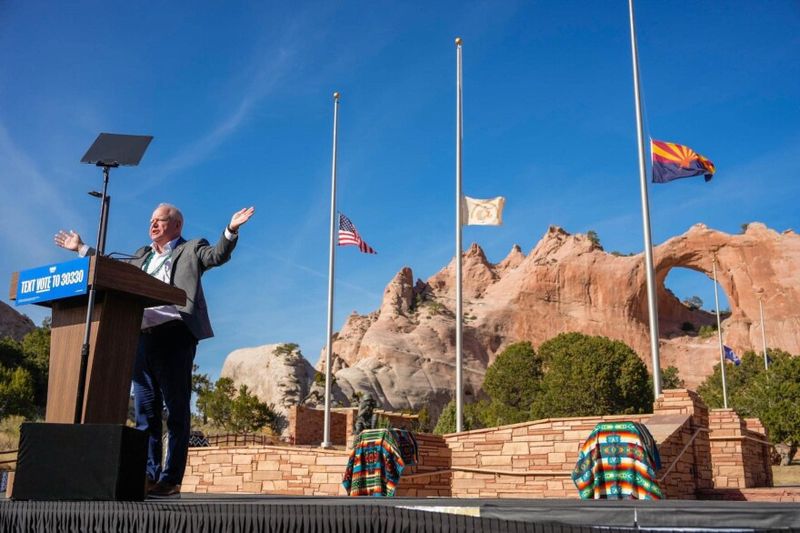
Memorial plaques display actual coded transmissions sent during critical Pacific battles, offering visitors a haunting glimpse into the chaos these brave communicators helped coordinate under enemy fire.
Reading these authentic messages creates an emotional connection to the life-and-death situations where split-second communications determined the fate of entire military operations. The Navajo words look mysterious to most visitors, emphasizing how impenetrable the code remained to enemies.
Some displays include English translations alongside the original Navajo text, helping people understand the complexity and importance of information these men transmitted while bullets flew around their positions.
13. Individual Names Replace Anonymous Recognition

Unlike many military memorials that honor unknown soldiers, Code Talker monuments proudly display individual names, restoring personal identity to these long-forgotten heroes. Each engraved name represents a real person with family, dreams, and incredible courage.
Visitors can read names like Chester Nez, Carl Gorman, and Joe Kieyoomia, learning about specific men who risked everything for their country. Family members often leave flowers, prayers, and personal mementos beside their relatives’ names.
This personal approach helps humanize military history, transforming abstract concepts about war into stories about real people who made extraordinary sacrifices for freedom and democracy.
14. Community Ownership Ensures Authentic Stories
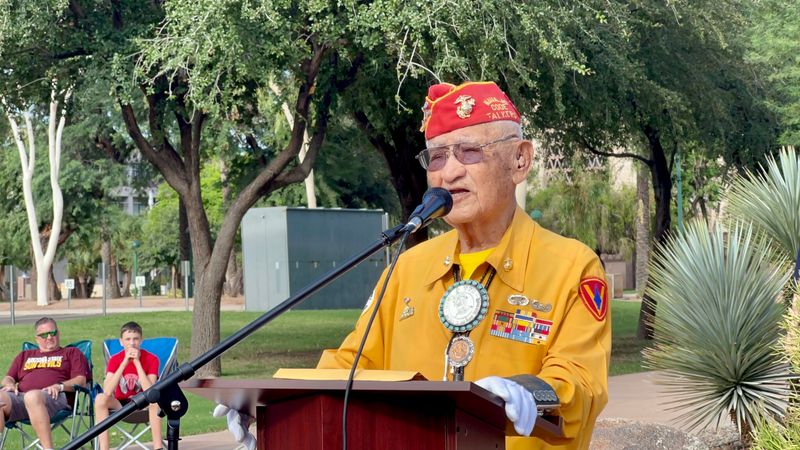
Navajo communities operate many memorial sites themselves, providing authentic cultural context that government-run facilities often miss. Tribal members serve as guides, sharing family stories and traditional perspectives on their ancestors’ wartime service.
These community-managed memorials often include traditional ceremonies, storytelling sessions, and cultural demonstrations that connect Code Talker history with ongoing Navajo traditions and beliefs about warrior honor.
Visitors gain deeper understanding when they hear stories from grandchildren and great-grandchildren of actual Code Talkers, learning how these men balanced military duty with traditional cultural responsibilities and sacred obligations to their people.
15. Educational Impact Reaches Thousands Annually
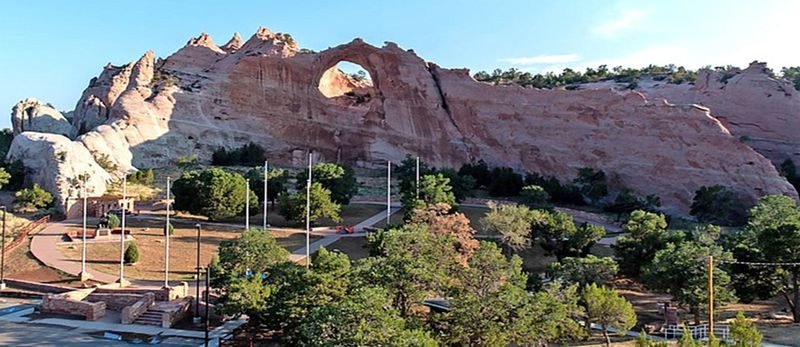
The Window Rock memorial complex includes a comprehensive museum, interpretive panels, and rotating exhibits that educate thousands of visitors each year about Code Talker contributions to Allied victory in World War II.
School groups from across the Southwest make pilgrimages to learn about this hidden chapter of American history. Interactive displays allow children to attempt coding and decoding messages, helping them appreciate the mental challenges these young warriors faced.
Many visitors leave with completely changed perspectives on Native American contributions to military history, finally understanding how traditional cultures strengthened rather than weakened American defense capabilities during critical wartime periods.
16. Congressional Recognition Finally Arrives
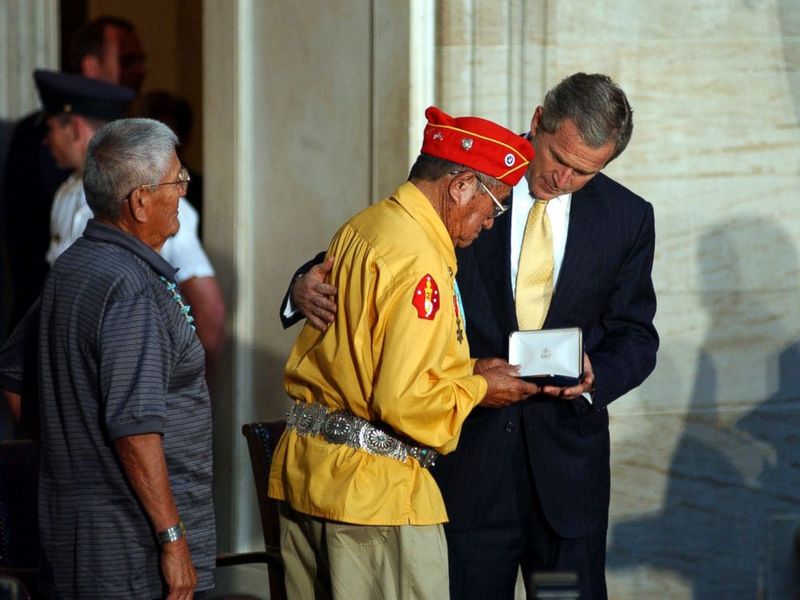
In 2001, Congress finally acknowledged Code Talker contributions by awarding Congressional Gold Medals to the original 29 recruits and Silver Medals to the hundreds of others who served throughout the Pacific Theater.
President George W. Bush personally presented medals to surviving veterans, calling them “ordinary men who did extraordinary things.” Many recipients were elderly by this time, having waited over fifty years for official recognition of their service.
These medals represent America’s highest civilian honor, placing Code Talkers alongside other recipients like George Washington, Winston Churchill, and Rosa Parks in recognition of their exceptional contributions to human freedom and dignity.
17. Original Code Creator’s Remarkable Story
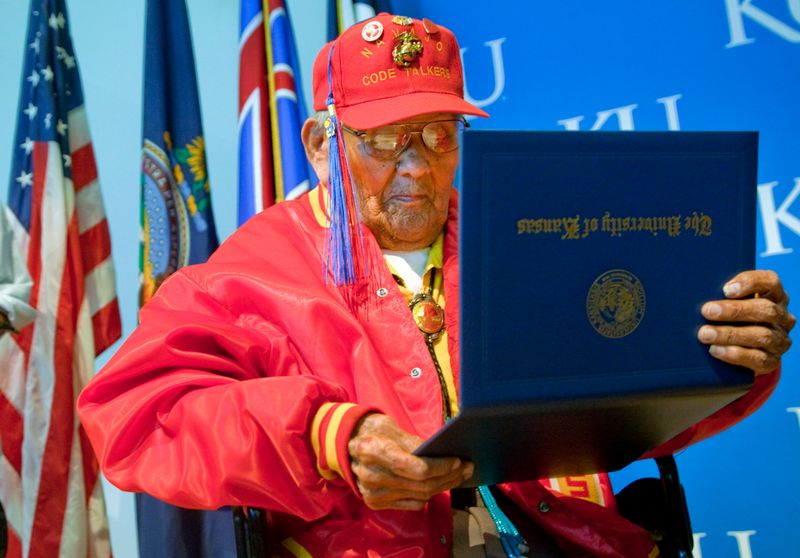
Chester Nez, one of the first 29 Navajo Marines recruited for the program, played a crucial role in developing the original code system that would help win World War II in the Pacific Theater.
Born in 1921, Nez grew up speaking only Navajo until government boarding schools forced him to learn English. Ironically, the same language that authorities had tried to suppress became his tool for defending American freedom and democracy.
Nez lived until 2014, finally receiving recognition as the last surviving member of the original Code Talker group. His autobiography provides firsthand accounts of developing the code and using it under combat conditions.
18. Annual Day of Honor and Remembrance
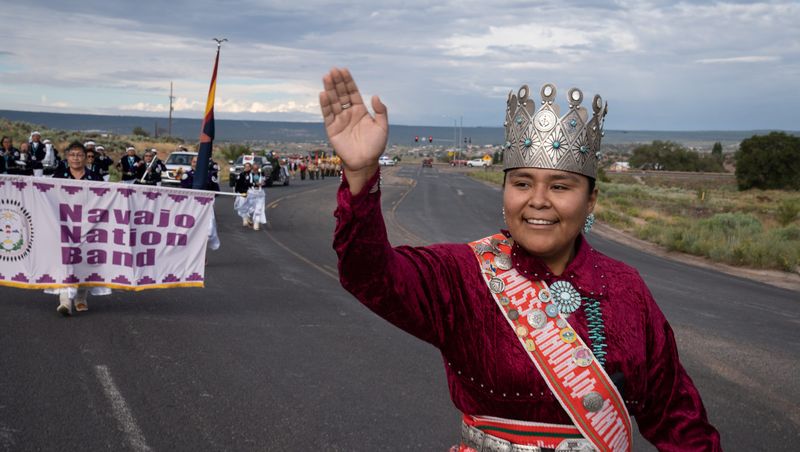
Every August 14th, America officially celebrates Navajo Code Talkers Day, first proclaimed by President Ronald Reagan in 1982 as recognition for their vital contributions to World War II victory efforts.
Schools, museums, and military installations across the country hold special ceremonies, educational programs, and cultural events to honor these forgotten heroes. Many celebrations include traditional Navajo music, food, and storytelling alongside military honors.
The date specifically commemorates the moment when military leaders first realized they had discovered an unbreakable communication system that would change the course of Pacific warfare and save countless American lives.
19. Hollywood Attempts to Share Their Story
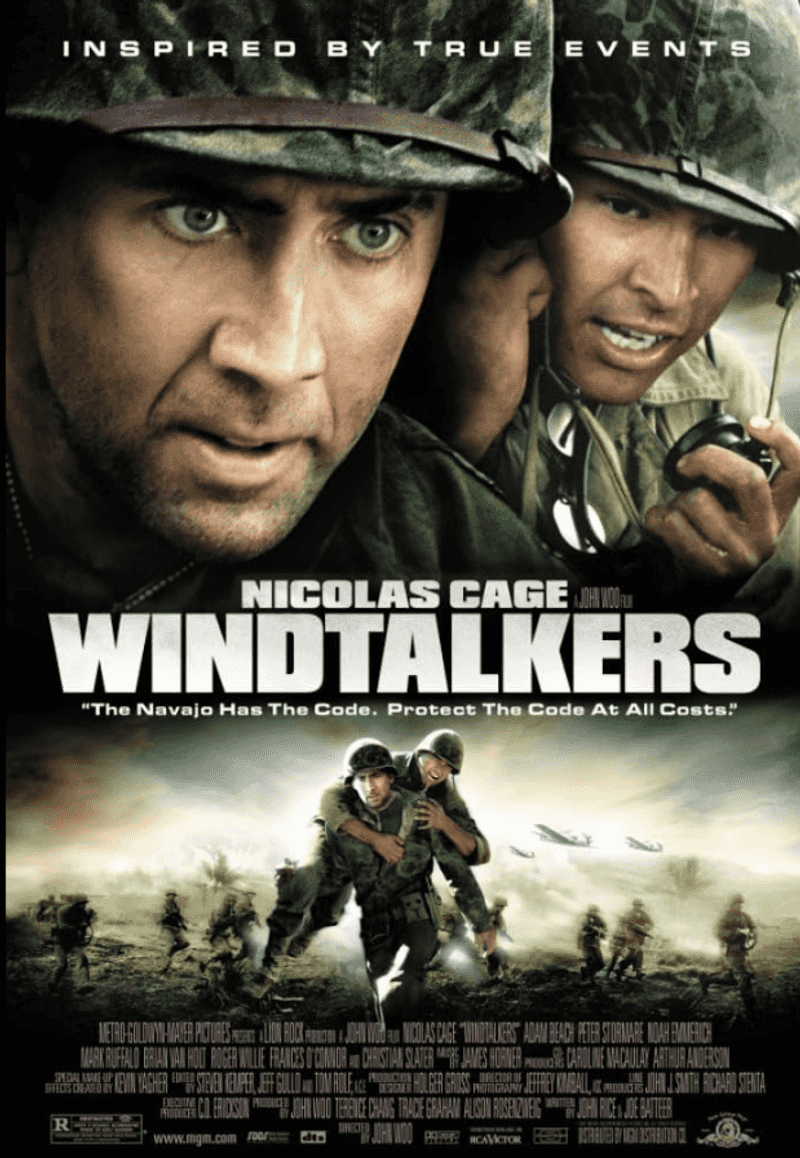
Films like “Windtalkers” (2002) starring Nicolas Cage brought Code Talker stories to mainstream audiences, though many critics felt Hollywood sensationalized their experiences while missing deeper cultural meanings behind their service.
Documentary films and museum exhibits across America have done better jobs showcasing authentic Code Talker voices and perspectives. These productions often feature interviews with actual veterans and their families sharing personal memories.
Despite increased media attention, most Americans still know very little about Code Talker contributions, suggesting that their remarkable story deserves much broader recognition in popular culture and educational curricula nationwide.
20. Patriotism Despite Historical Injustice
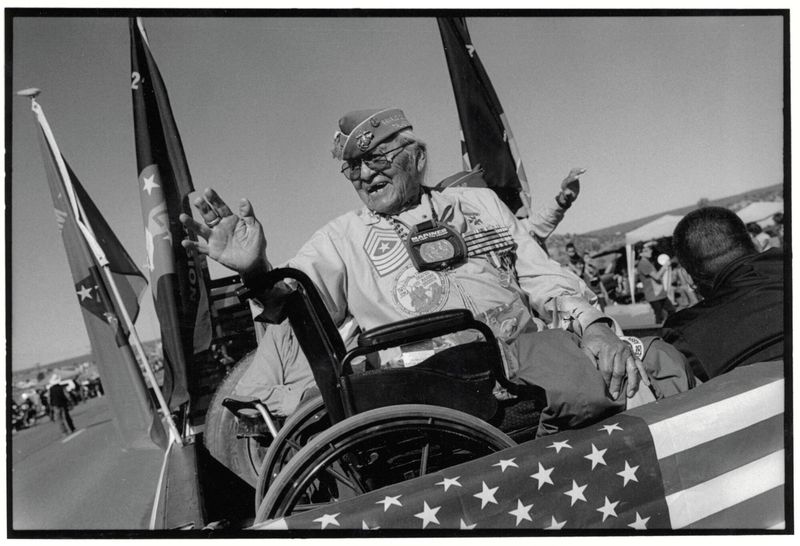
Perhaps most remarkably, Code Talkers fought bravely for a country that had systematically oppressed Native Americans through forced relocation, cultural suppression, and broken treaty promises spanning generations of government policy.
Many Code Talkers had attended government boarding schools designed to “kill the Indian” in them by forbidding native languages and traditions. Yet they willingly used their forbidden language to defend the same nation that had tried to destroy their cultural identity.
Their service represents an extraordinary example of patriotism transcending personal grievances, choosing to protect American ideals of freedom even when those ideals hadn’t always been extended to their own people and communities.


